September 18 is National HIV/AIDS and Aging Awareness Day (NHAAD), dedicated to raising awareness about long-term HIV survivors and people living with HIV who are ages 50 and older. Due to biomedical improvements in HIV treatment, people living with HIV (PLWH) can achieve and maintain viral suppression and live long and healthy lives.
NHAAD is a crucial opportunity to recognize the unique challenges that older people living with HIV and those at-risk face in accessing HIV testing, care, and treatment. Advancements in HIV treatments have lowered the likelihood of AIDS-defining illnesses among those living with HIV, but HIV-associated conditions such as cardiovascular diseases, diabetes, renal disease, and cancer can persist in older individuals living with HIV. In addition, greater social isolation, loneliness, and stigma can impact the health and well-being of older individuals living with HIV.
In 2023, people aged 55 and up accounted for 42% of people living with HIV in the U.S.—with those 55–64 comprising 26% of the population living with HIV, the largest share of any age group. Despite high prevalence rates, only a minority of individuals 65 and older have ever tested for HIV. This is likely due to lack of awareness or stigma, which can affect quality of life, self-image, and behaviors such as HIV status disclosure or seeking HIV care.
People aged 55 to 64 accounted for 7% of the 39,182 new HIV diagnoses in 2023, and 2% of new diagnoses were among those 65 and older. According to recent CDC data, 33.4% of people aged 55 to 64 and 33.9% of people aged 65 and older who received a new HIV diagnosis in 2023 already had late-stage HIV infection (AIDS) when they were diagnosed—underscoring the need for routinized HIV screening in these populations.
Join AIDSVu in recognizing this awareness day with the materials below.
Protect our aging populations: meeting new challenges to live longer and improve lives!
Explore our Resources
AIDSVu’s infographics encourage new ways of visualizing the HIV epidemic among aging communities. Share them on social, print them out as one-pagers, and add them to your presentations.
Infographic
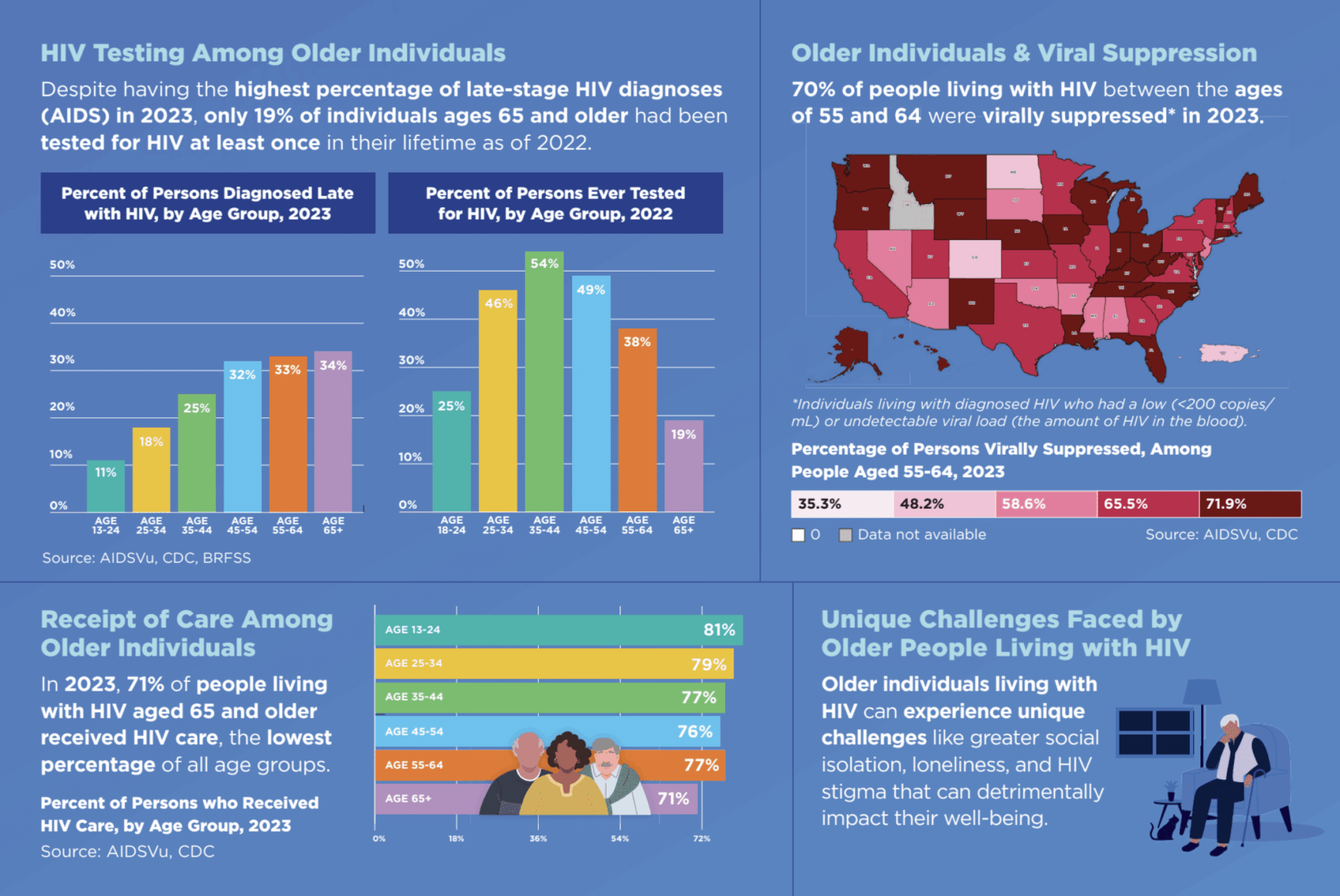

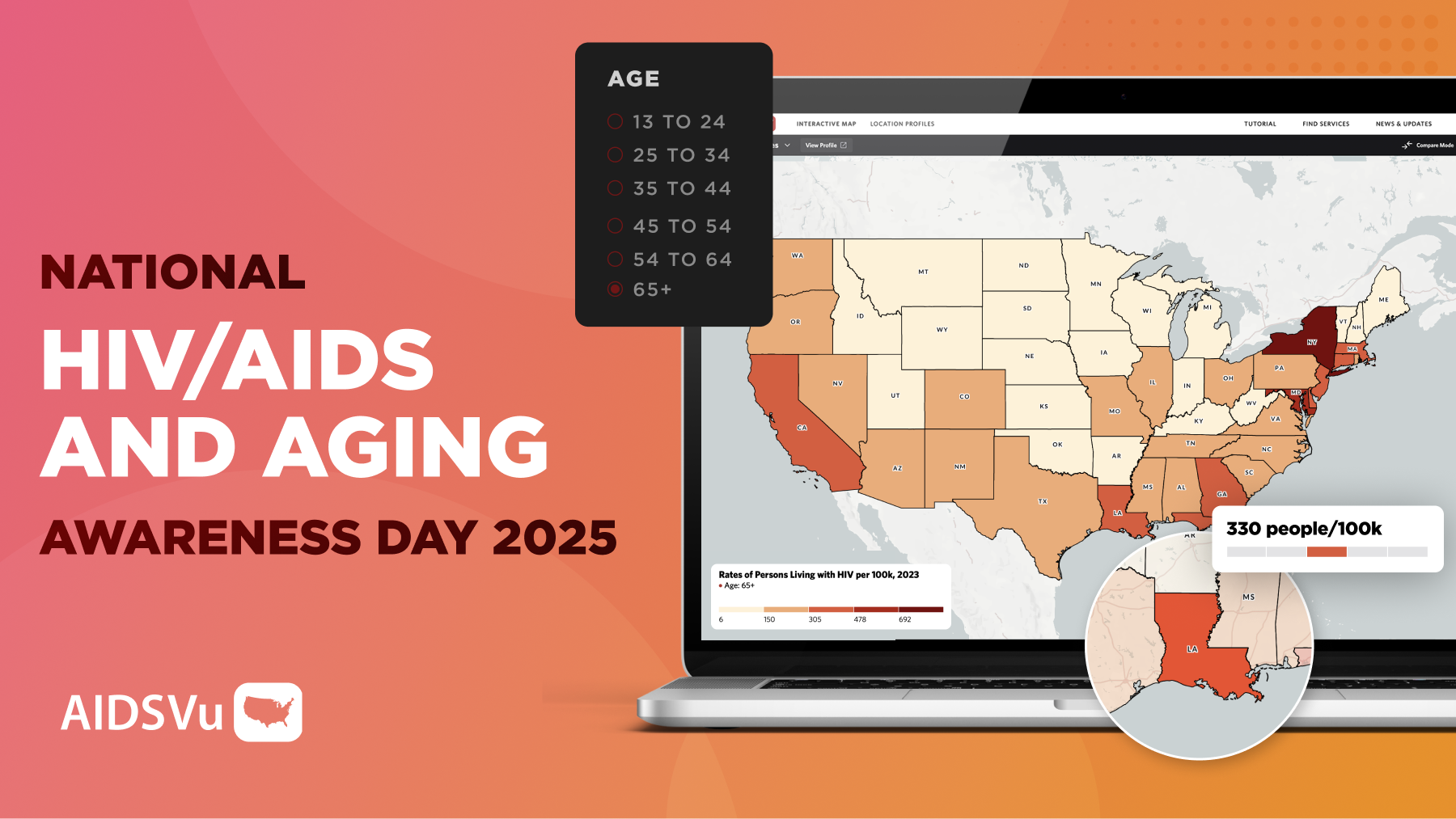
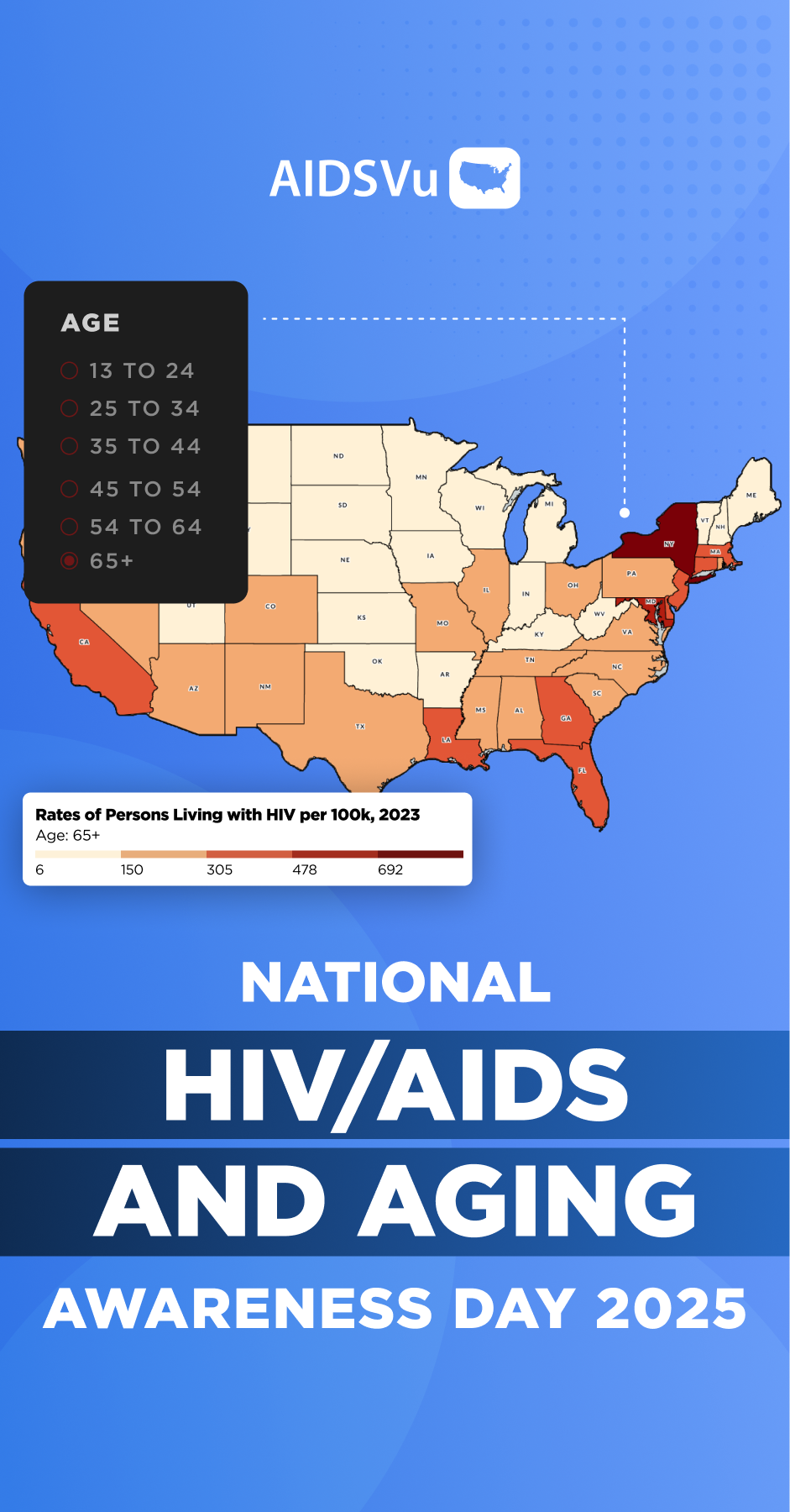
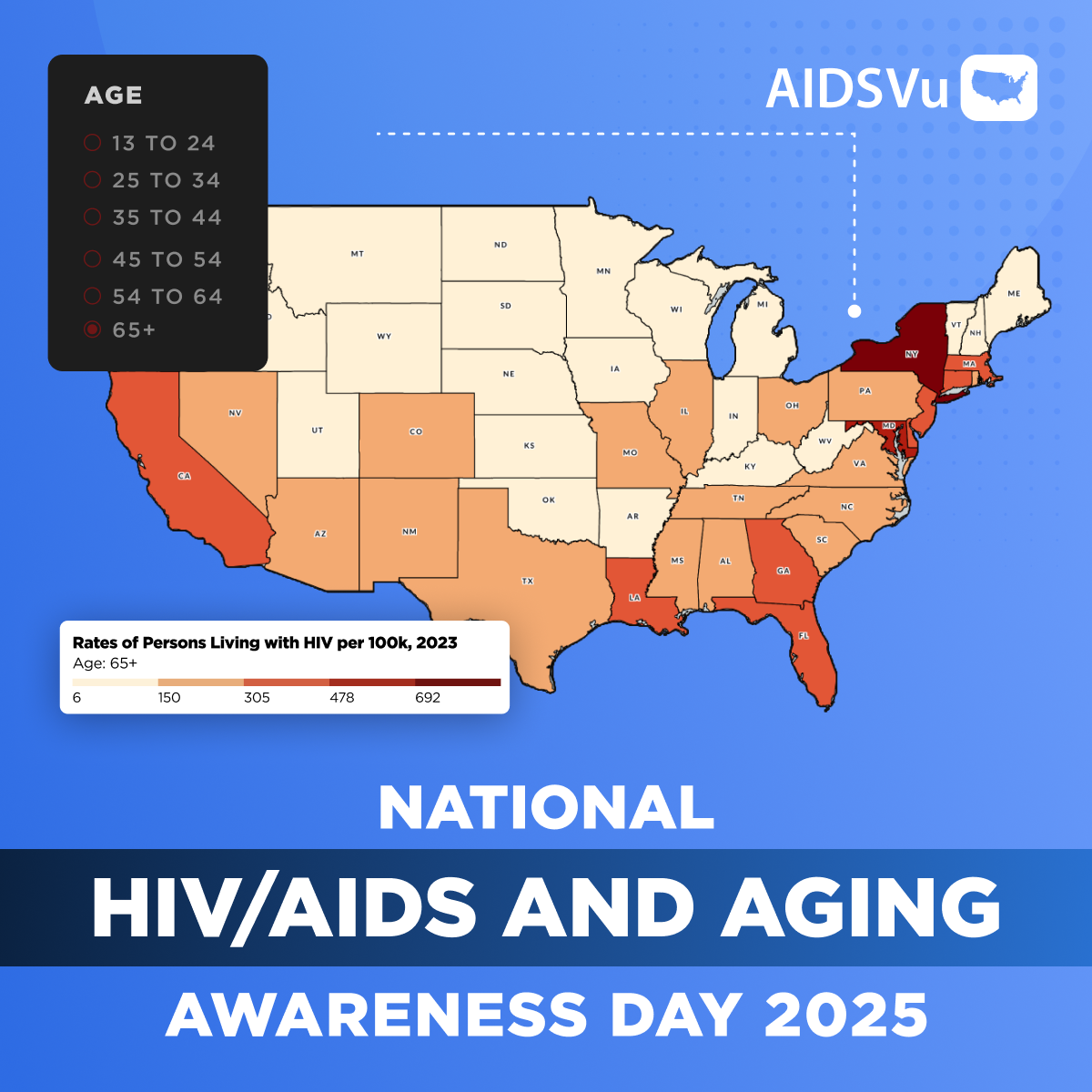



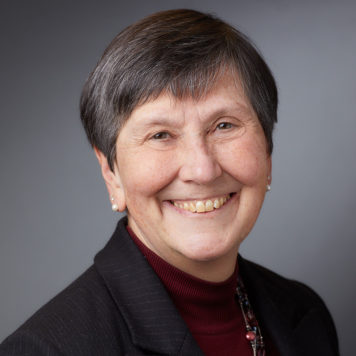
Share these social media posts and infographics on LinkedIn, X, and Facebook with #NHAAD to help spark conversations about HIV and aging.
Post 1
Today is National HIV/AIDS and Aging Awareness Day. At AIDSVu, we believe data is vital for understanding how HIV impacts older adults — those aged 50 and above — and for improving their care.
📊 Did you know that people 50+ living with HIV often face unique challenges: managing co-existing health conditions, navigating long-term treatment, and coping with stigma?
🔍 Using our interactive maps, you can explore HIV prevalence, care continuum outcomes, and service access by age group — including older adults — for your state or county.
Let’s honor older adults living with HIV by making sure their voices, needs, and health outcomes are not overlooked. Explore more data & tools at AIDSVu.org. #AgingWithHIV #NHAAAD #HIVData #EndingTheEpidemic
Post 2
National HIV/AIDS & Aging Awareness Day
Older adults (50+) are a growing part of the HIV epidemic in the U.S. At AIDSVu, we map HIV outcomes by age so we can see where systems are working and where gaps remain.
Use our maps & data to:
• see HIV prevalence among older age groups in your region
• track linkage to care & viral suppression by age
• find nearby resources & services
No one gets left behind. #NHAAAD #HIVandAging #DataForChange
Post 3
📊 On National HIV/AIDS & Aging Awareness Day, AIDSVu highlights the realities facing older adults:
• Only 19% of individuals 65+ had ever been tested for HIV as of 2022.
• In 2023, just 71% of people 65+ living with HIV received care — the lowest of any age group.
• Still, 70% of people aged 55–64 living with HIV were virally suppressed.
Data helps us see where progress is being made — and where older adults continue to face gaps in testing, care, and support. Explore more at AIDSVu.org.
#NHAAAD #AgingWithHIV #HIVData